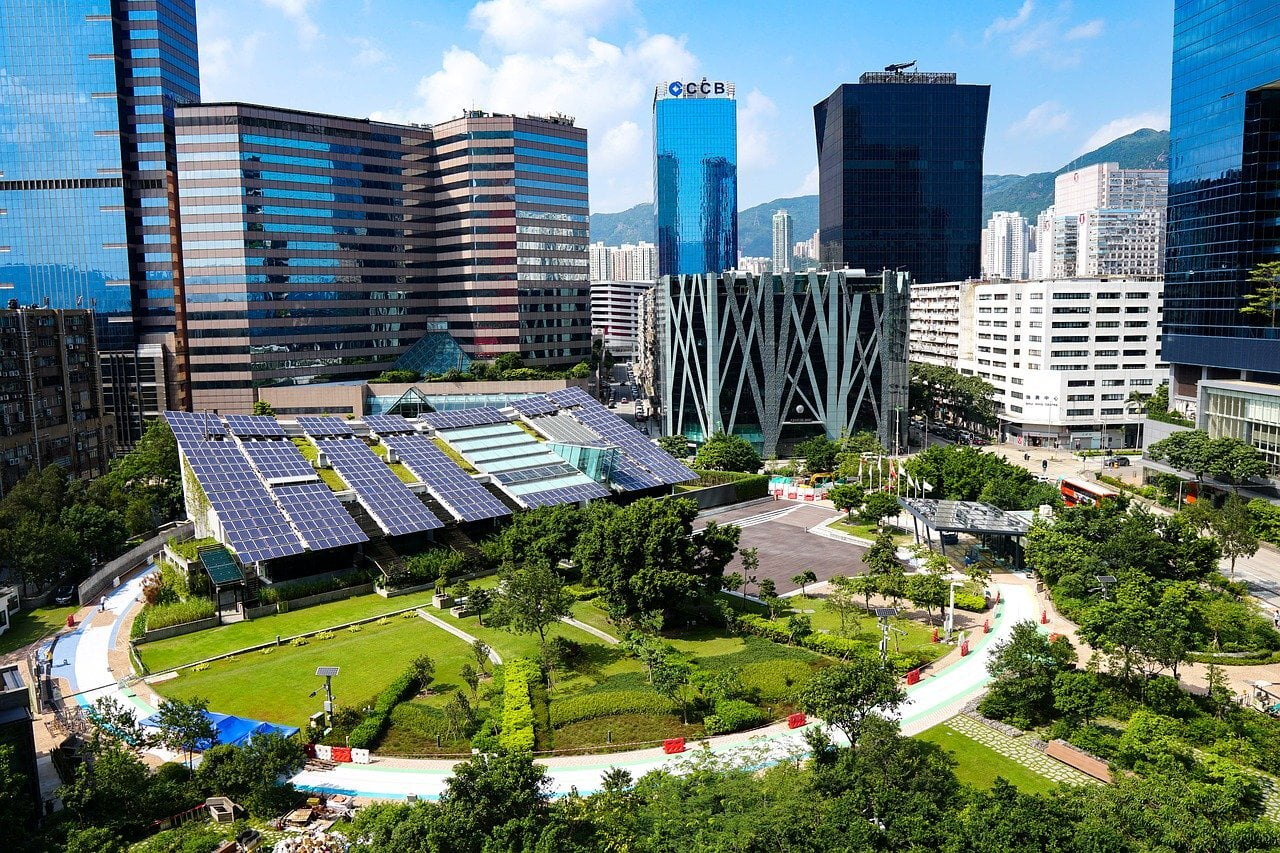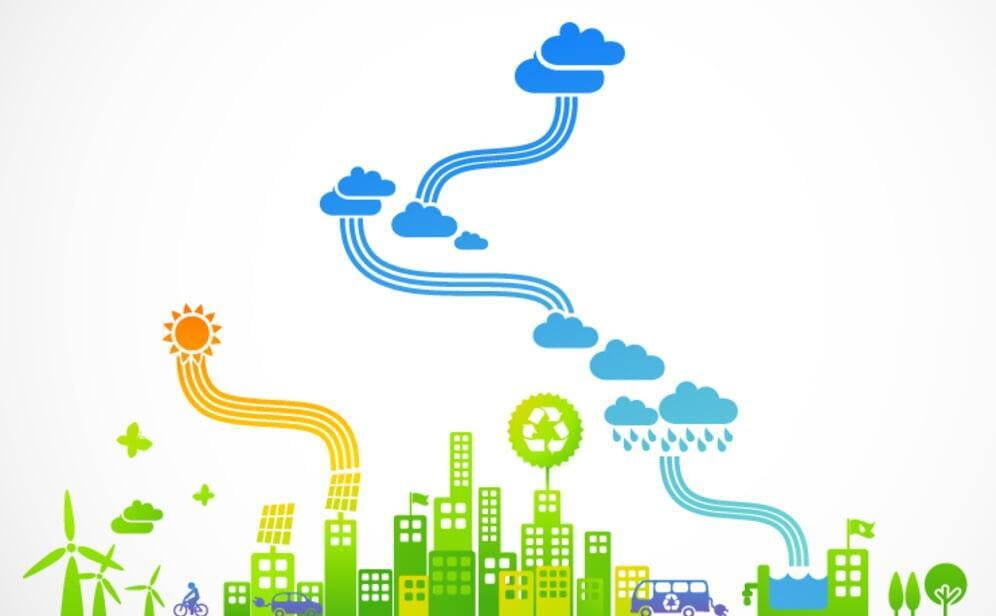
Microgrids of the modern era are tough, tactical, and efficient - and they highlight the importance of localized distribution.
The US is home to thousands of microgrids in both operational and planning phases. Some are basic while others are more advanced, but they all have one thing in common. They deliver a sense of security to commercial, industrial and residential communities by offering power when the big grids fail.
Microgrids — small-scale distributed energy grids — are more consistent and resilient than large, centralized grids. Unlike wind power, they work even when the wind doesn't blow. And they're sustainable, something that can help companies solidify efficiency metrics in a restrictive market.
What are Microgrids?
In short, microgrids are freestanding grids that are independent of larger, regional grids. While many can be integrated within these larger frameworks, they don't rely on them. When the going gets tough, a microgrid's control system flips a switch that tells it to decentralize itself. This allows the microgrid to reap the benefits of its own power, without succumbing to widespread failure.
How Microgrids Augment the Industrial Setting
Resiliency
Similar to decentralized currency, microgrids are an independent energy solution. They don't have to rely on larger energy platforms to function, though they're able to integrate with regional power grids to provide a more robust grid system in a particular area.
Microgrids exist on a small scale, though systems of microgrids — as well as microgrids connected to regional power grids — have impressive capacity. When it's time to go independent, they "island" off, giving microgrid-run communities or facilities the upperhand in the wake of brownouts. For industrial and commercial locations who can't afford to ride out outages, this is an empowering reality.
Sustainability
In practice, most of the world's microgrids rely on diesel generators. But with more stringent environmental regulations in place, the times are a-changin'. The US primarily uses natural gas and combined-heat-and-power (CHP). Moreover, experts expect solar photovoltaics (PV) to account for 19.5% of the global volume of microgrids by the end of 2025.
Microgrids are especially relevant in regions hit hard by climate change. Heightened rates of natural disasters make energy resiliency even more important — and to resolve outages in an efficient way only makes sense.
Because of microgrids' ability to integrate with various power sources, it proves to be a flexible baseline for localized, efficient energy to come.

CHP Generators Rescue Energy to Enhance Microgrid Setups
CHP generators work in tandem with microgrids to make decentralized energy generation even more efficient and useful.
Because of the three laws of thermodynamics, waste heat is inevitable. CHP systems capture waste heat and transform it into thermal energy. When CHP generators work their magic on microgrids, they generate additional energy while simultaneously cooling the system.
Wind is a magnificent act of nature, but there's one caveat: it's volatile. No wind, no power. Beside that, wind power maxes out at 40% of its potential energy output. When working in conjunction with CHP generators, microgrids can boost wind's potential energy output to upwards of 90%. US microgrids are more likely to utilize solar PV and natural gas. Still, it goes to show just how effective CHP is in capturing lost energy and lost money, regardless of the resource at hand.
In such a valuable partnership, CHP generators and microgrids work to boost efficiency and reduce net operating costs in any industrial setting.
The Critical Compatibility of Microgrids and Solar PV
An increasing number of microgrids are relying on solar PV, primarily as an additional generating source when other power is down.
On their own, solar panels cannot keep the lights on when the grid fails during an outage. Even when an industrial building has solar panels, that building still requires voltage from the grid to power the facility. But when a microgrid itself is fitted with solar capability, it can island itself to generate power during a storm or other unexpected event.
A microgrid can include multiple energy sources, but solar PV is an increasingly relevant part of the picture. As a result, many solar PV projects are now being built with future microgrid compatibility in mind, even before any grid planning takes place.
Adaptability Through Battery Storage
Thermal, fuel cell and other forms of battery storage make microgrids even more efficient and diverse. When retrofitted with battery storage, they become a wildly resilient source of localized energy deployment. CHP- or solar-generated power can be stored for later use to fill in gaps during outages or fluctuations.
On their own, microgrids are a form of energy security. But depending on a company's resiliency goals, that additional padding in the form of battery storage could be a necessary investment. Most microgrids are only partially resilient. Energy storage firms things up, meaning facilities can seamlessly reconnect to utility as soon as it's safe to do so.
Why Microgrids Now?
In the midst of a swiftly changing world, energy resiliency can literally be a matter of life or death. Industrial facilities like hospitals, and commercial buildings like senior living centers, require energy to make use of available treatments and technologies.
At the same time, increased efficiency can build critical wiggle room into the bottom line. When you don't know what kind of investments you'll need to make next, efficiency makes all the difference. A thoughtful microgrid system delivers resiliency and sustainability to communities across the country; if that's not important in 2020, we don't know what is.
A1 Energy is a solutions-driven team of experts providing results in the form of solar PV, CHP and more. From feasibility studies to operation and maintenance, we support industrial clients seeking a more resilient, more efficient operation.
